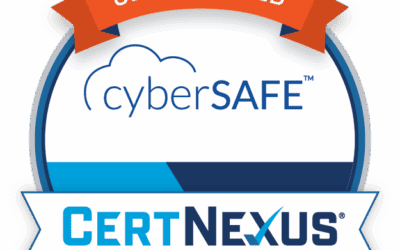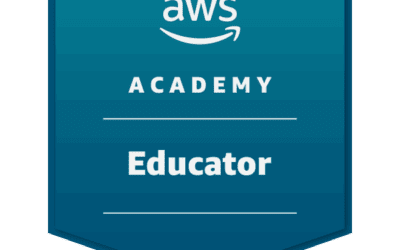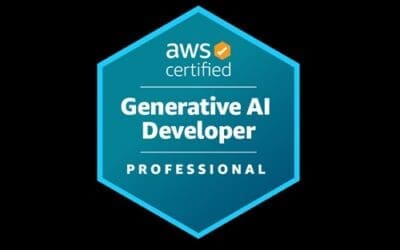An organization which wants to develop a loyal and highly productive workforce will embrace a mix of established approaches to workforce development. In particular, they will:
-
Take a liberal arts approach which values and develops the whole employee. Taking a Chautauqua or Lyceum approach, organizations will begin to meet both the personal and professional aspirations of their employees and become a destination employer.
-
Embrace a research-based, qualitative, learner-centric approach modeled after design thinking (human-centered design) to better understand how the learner learns best. They will design from a qualitative approach to learning design. Make use of ethnographic, phenomenological, and grounded theory methodologies to observe the worker in their daily state and build learning to fit the how, what, when, and why.
-
Own their fiduciary duty to guide the learner (customer) to what they really need, not what they think they want. Much like a doctor can see the symptoms and make a diagnosis, the L&D professional will diagnose the scaffolding needed to achieve the learner’s goals. This isn’t always what the client wants but is the right thing to do. They will be the trusted advisor, not the enabler.
-
Will take advantage of academic research and the advances in learning theory such as mastery and flipped learning. While still a bit of a wicked problem in learning, the application of well-established learning theory can and will be solved by organizations committed to a true learning culture. When done right, the learning organization will deliver scaffolded high-order objectives (Bloom three and above) in a measurable way remotely and at scale.
-
Embrace new modes of delivery. In-person synchronous has always been the gold standard but remote learning is a reality and technology has advanced enough to make it highly effective if done right. Given the distributed workforce of the future, blended learning delivery will become the new gold standard.
-
Focus on learning leadership. Having a learning culture is not necessarily expensive, but it must be intentional. Learning is not a typical business P&L function so leadership must have three essential characteristics: innovative vision, a learning background, and business acumen. This is a unicorn combination but essential for the learning function to evolve beyond the fiscal bottom line.




